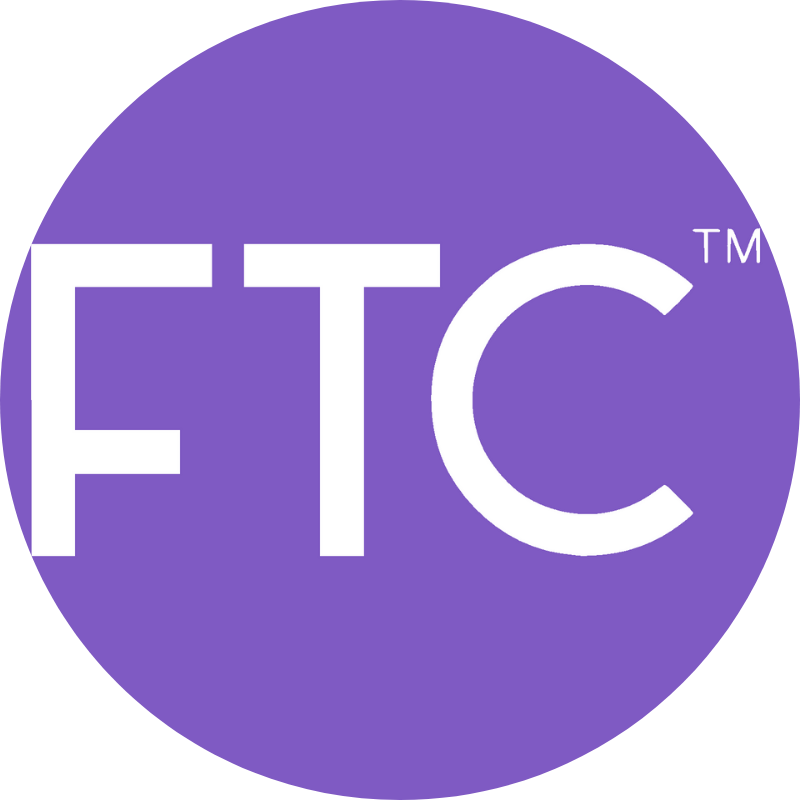The Real Quill Pen
Quill pens were once an indispensable writing instrument, before mass-produced steel nibs became the industry standard. Their quills were hand carved from the flight feathers of large birds such as geese.
Producing a quill pen required complex curing and heat treatment of feathers, followed by precise cutting and shaping to form a stable nib – work carried out by professionals known as quill dressers.
Feather
Feathers are the core component of a quill pen and may come from various species of birds; most commonly goose or swan feathers as these tend to be stronger and larger. At one end of each feather is cut to form a traditional pen nib shape with an ink well (called the calamus) at its center, ready for storage of ink in its hollow center (called an “inky well”).
Start with freshly shed goose or swan feathers, and carefully work them down until the point has been achieved. This process takes time, as writing with quill requires light hands that won’t exert excessive pressure on them.
Feathers designed specifically for quill pens can be purchased online or collected yourself from bird parks and similar facilities where large birds are kept. A healthy feather should have a glossy sheen; try avoiding ones that appear dry.
Slit
Quill pens employ a thin slit to regulate the flow of ink from their calamus and into the tip, through capillary action and surface tension. For optimal performance, this slit should widen nearer its tip to give ink something to grab onto.
Quill pens were popular during the Middle Ages and used until well into the 19th century for signing important documents like the Declaration of Independence.
Fresh feathers are too soft to use as pens, so they must first be hardened through curing (also referred to as tempering or dutching). There are various methods of doing this such as baking in an oven or submersion in hot water, among other solutions. Once they’ve been hardened they can then be cut using scissors, knifes or nail files into strips from where each feather begins until it ends – creating a slit along their entire length.
Nib
Quill pens are made of the outer feathers from birds such as geese or swans, cut to a point with an end slit to control ink flow when dipped into an inkwell. Traditionally, strong quills come from primary flight feathers shed during annual molting season, though other large birds such as crows, hawks, turkeys and owls have also been utilized as sources.
Real quill pens produce lines with more character than regular ballpoint pens; perfect for calligraphy or artistic writing. Goose feather nib/dip pens work particularly well, which can be hardened in quartz sand that should only be slightly warm to avoid burning the feather when heating it; once hardened, once cool enough they can be used dipped into black ink vials for writing purposes.
Ink
Quill pens operate through capillary action (the process by which liquid draws itself up a long tube), which allows them to regulate ink flow and prevent leakage while also being low maintenance and easy to resharpen.
Quills were used for most medieval manuscripts and major documents like Magna Carta and Declaration of Independence, because their feathers offered better writing points than reed or bamboo pens which needed constant sharpening.
Make your own ink at home easily and economically by mixing together a packet of dry ink with water until it reaches the consistency that suits you best. Increasing the water amount will result in thinner lines. For darker tones, add blueing powder to the mix until you achieve your desired shade.

